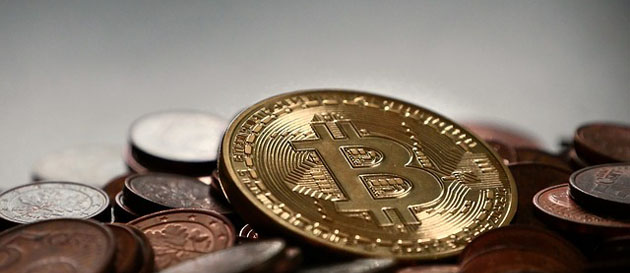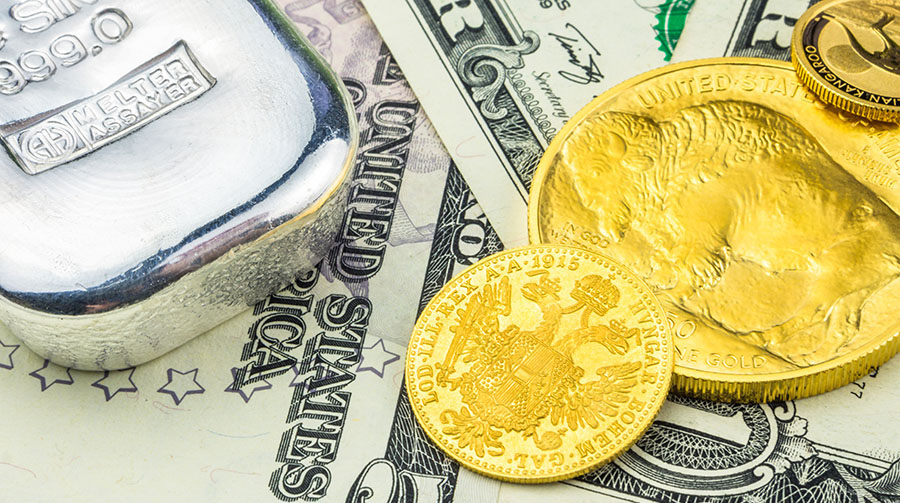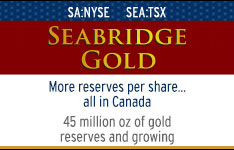The debt-ceiling debacle, instability in the euro zone and fears that the Fed could engage in more money printing have investors flocking back to gold.
Gold may not be money, as Fed Chief Ben Bernanke said Wednesday, but it continues to be a decent bet, at least on paper, so far this year. Just please don't let the headlines infect you with yellow fever yourself. Gold, in isolation, is just a form of speculation. And fever, remember, is a symptom of disease.
As we've said before, if gold is considered to be a hedge against inflation, then you've got to factor that in. For the record, gold topped out at about $850 an ounce back in 1980. That's the equivalent of around $2,300 in today's money. So the yellow metal still has a long ways to go before hitting real (not so-called nominal) record highs.
Nevertheless, it's clear investors and central banks around the globe have a bad case of gold fever, according to the latest data from the World Gold Council, a gold industry association.
Gold prices ended the second quarter up 4.6% vs. the previous quarter, helped by the fact that the average price grew nearly 9% to $1,506 an ounce, according to WGC's latest quarterly report.
However, as good as gold has been, Bernanke is correct when he says gold is not money. Just try to buy a Slurpee with a Krugerrand. It's also worth mentioning that Warren Buffett, who knows more about investing than you do, hates gold. It offers no yield, for one thing, and has become far more dependent on macroeconomic fears and speculative trading than on any traditional demand.
So please just let the pros trade the gold.



























































